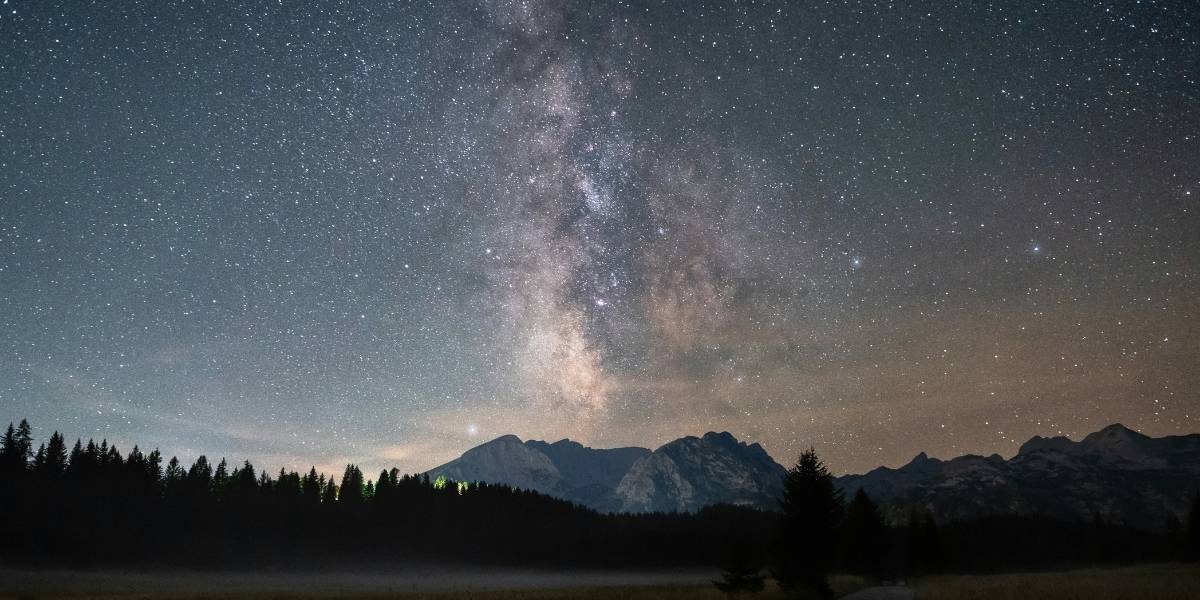What Are Hybrid Music Genres?
In the ever-evolving world of music, genres often blend and borrow from one another, creating something entirely new. These fusions give rise to hybrid music—a term used to describe musical styles that combine elements from two or more genres. Whether it’s rock fused with hip-hop or country blended with electronic beats, hybrid genres have become an exciting and essential part of the modern music landscape.
Read Also: The Rise of Voice-Activated Devices in Everyday Life
The Rise of Hybrid Music Genres
The emergence of hybrid music is a response to the changing tastes of audiences and the growing accessibility of music production tools. With the rise of digital platforms, musicians are no longer confined by traditional genre boundaries. Artists can now experiment with different sounds, instruments, and styles from across the globe, resulting in the creation of new, hybrid genres that appeal to a broader range of listeners.
From the iconic fusion of rock and blues to modern mixes like electronic dance music (EDM) and trap, hybrid music genres have been instrumental in reshaping the soundscape of contemporary music. These blends often push the boundaries of what’s possible, incorporating unique elements that would have once seemed incompatible.
Key Examples of Hybrid Music Genres
There are countless examples of hybrid music genres, each bringing together different musical traditions and influences. Here are a few popular ones that have made an impact on the music industry:
1. Rock + Hip-Hop = Rap Rock
One of the most well-known hybrid genres is rap rock, which combines the energy of rock music with the rhythmic vocals of rap. Bands like Linkin Park and Rage Against the Machine are prime examples of how this fusion can create dynamic and powerful music. By merging distorted guitars with rap verses, these artists produced a sound that resonated with both rock and hip-hop audiences.
2. Country + Electronic = Bro-Country and Country EDM
Country music, traditionally known for its acoustic sounds and storytelling lyrics, has increasingly embraced electronic beats, creating what’s now called bro-country and country EDM. Artists like Florida Georgia Line and Sam Hunt have incorporated danceable electronic elements into their tracks, making country music more accessible to younger, urban audiences. The fusion of these genres has led to a fresh take on the traditional country sound.
3. Jazz + Hip-Hop = Jazz Rap
Another hybrid genre is jazz rap, which blends the improvisational and sophisticated elements of jazz with the spoken word and beats of hip-hop. Artists like A Tribe Called Quest and The Roots helped popularize this genre, using jazz samples to create intricate, groove-heavy tracks. Jazz rap often appeals to listeners who appreciate both the complexity of jazz and the lyrical flow of hip-hop.
4. Classical + Electronic = Electro-Classical
Electro-classical, or classical crossover, is a genre that brings together orchestral instruments and electronic music. Artists like Lindsey Stirling and 2Cellos have paved the way for this fusion, combining classical violin, cello, and piano with modern electronic beats. This hybrid genre offers a unique experience for those who enjoy both the grandeur of classical music and the energy of electronic dance music.
The Appeal of Hybrid Music Genres
The beauty of hybrid music genres lies in their ability to merge diverse musical influences into something entirely new. This approach allows musicians to reach wider audiences, breaking down the traditional barriers between genres and offering listeners something unexpected. It also encourages innovation, as artists experiment with different styles and instruments to create their own unique sound.
Hybrid genres have the power to evoke different emotions and experiences, making them incredibly versatile. For example, a song that combines the soulful elements of R&B with the upbeat rhythm of Latin music can make listeners feel energized and emotionally connected at the same time. The blend of sounds offers a fresh perspective on familiar musical elements, giving both listeners and artists the freedom to explore new territories.
The Future of Hybrid Music Genres
As technology continues to evolve and access to global influences increases, the future of hybrid music genres looks bright. More artists are likely to experiment with blends that have yet to be explored, pushing the boundaries of genre definitions even further. Genres that once seemed like opposites may continue to merge, creating new and exciting sounds for future generations to enjoy.
Music streaming platforms like Spotify and Apple Music have also contributed to the rise of hybrid music by giving listeners the ability to explore a wide variety of genres. These platforms make it easier for artists to share their music with a global audience and for fans to discover new hybrid genres they might not have encountered before.
Read Also: Nashville Job Market: Find Opportunities and Resources
Hybrid Music Is Shaping the Sound of Today and Tomorrow
Hybrid music genres are not just a passing trend—they represent the future of music itself. As genres continue to blend and evolve, artists are breaking down barriers and creating new soundscapes that reflect the diversity of our global culture. Whether it’s the fusion of rock and rap or the merging of classical and electronic music, hybrid genres are reshaping the music industry and offering listeners something fresh and exciting. As these genres continue to grow and evolve, they will undoubtedly inspire the next wave of musical creativity and exploration.














